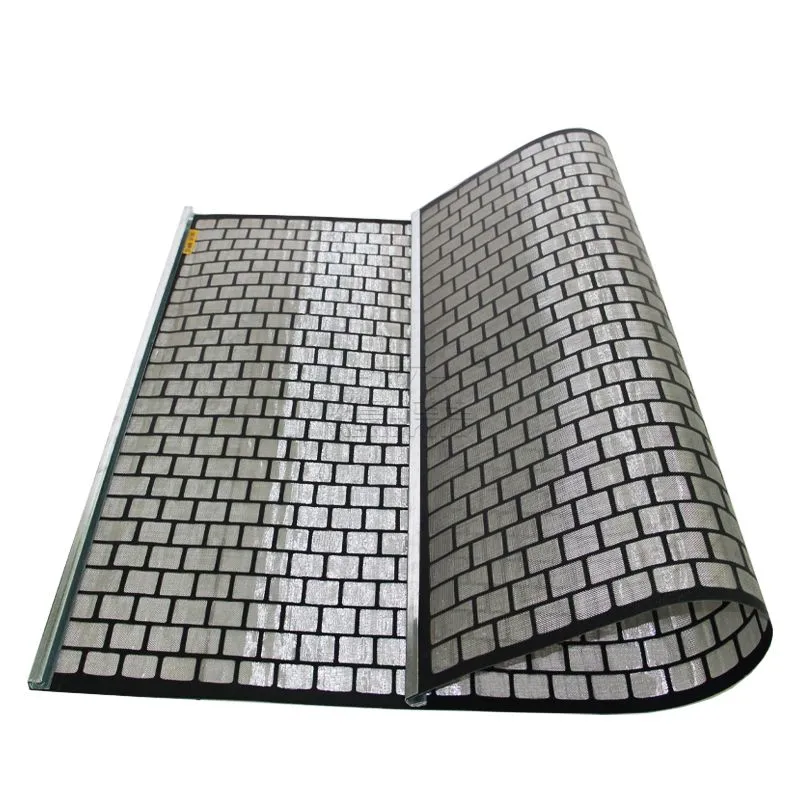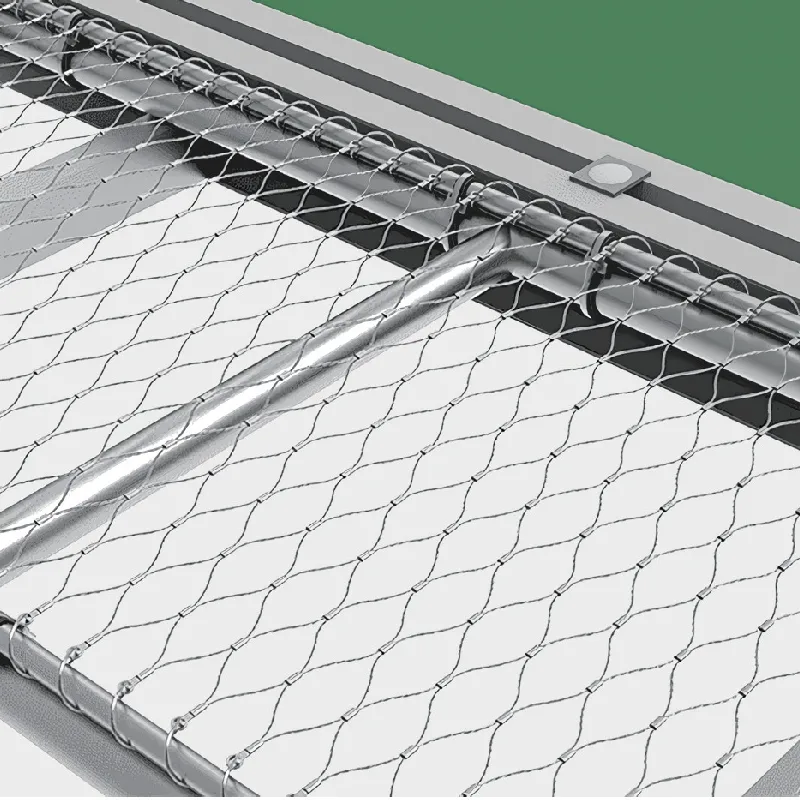- Industrial zone, South of Anping Town, Hengshui, Hebei, China.
- sales@hfpetromesh.com
- +86-18931809706
 Afrikaans
Afrikaans  Albanian
Albanian  Amharic
Amharic  Arabic
Arabic  Armenian
Armenian  Azerbaijani
Azerbaijani  Basque
Basque  Belarusian
Belarusian  Bengali
Bengali  Bosnian
Bosnian  Bulgarian
Bulgarian  Catalan
Catalan  Cebuano
Cebuano  Corsican
Corsican  Croatian
Croatian  Czech
Czech  Danish
Danish  Dutch
Dutch  English
English  Esperanto
Esperanto  Estonian
Estonian  Finnish
Finnish  French
French  Frisian
Frisian  Galician
Galician  Georgian
Georgian  German
German  Greek
Greek  Gujarati
Gujarati  Haitian Creole
Haitian Creole  hausa
hausa  hawaiian
hawaiian  Hebrew
Hebrew  Hindi
Hindi  Miao
Miao  Hungarian
Hungarian  Icelandic
Icelandic  igbo
igbo  Indonesian
Indonesian  irish
irish  Italian
Italian  Japanese
Japanese  Javanese
Javanese  Kannada
Kannada  kazakh
kazakh  Khmer
Khmer  Rwandese
Rwandese  Korean
Korean  Kurdish
Kurdish  Kyrgyz
Kyrgyz  Lao
Lao  Latin
Latin  Latvian
Latvian  Lithuanian
Lithuanian  Luxembourgish
Luxembourgish  Macedonian
Macedonian  Malgashi
Malgashi  Malay
Malay  Malayalam
Malayalam  Maltese
Maltese  Maori
Maori  Marathi
Marathi  Mongolian
Mongolian  Myanmar
Myanmar  Nepali
Nepali  Norwegian
Norwegian  Norwegian
Norwegian  Occitan
Occitan  Pashto
Pashto  Persian
Persian  Polish
Polish  Portuguese
Portuguese  Punjabi
Punjabi  Romanian
Romanian  Russian
Russian  Samoan
Samoan  Scottish Gaelic
Scottish Gaelic  Serbian
Serbian  Sesotho
Sesotho  Shona
Shona  Sindhi
Sindhi  Sinhala
Sinhala  Slovak
Slovak  Slovenian
Slovenian  Somali
Somali  Spanish
Spanish  Sundanese
Sundanese  Swahili
Swahili  Swedish
Swedish  Tagalog
Tagalog  Tajik
Tajik  Tamil
Tamil  Tatar
Tatar  Telugu
Telugu  Thai
Thai  Turkish
Turkish  Turkmen
Turkmen  Ukrainian
Ukrainian  Urdu
Urdu  Uighur
Uighur  Uzbek
Uzbek  Vietnamese
Vietnamese  Welsh
Welsh  Bantu
Bantu  Yiddish
Yiddish  Yoruba
Yoruba  Zulu
Zulu
- Afrikaans
- Albanian
- Amharic
- Arabic
- Armenian
- Azerbaijani
- Basque
- Belarusian
- Bengali
- Bosnian
- Bulgarian
- Catalan
- Cebuano
- Corsican
- Croatian
- Czech
- Danish
- Dutch
- English
- Esperanto
- Estonian
- Finnish
- French
- Frisian
- Galician
- Georgian
- German
- Greek
- Gujarati
- Haitian Creole
- hausa
- hawaiian
- Hebrew
- Hindi
- Miao
- Hungarian
- Icelandic
- igbo
- Indonesian
- irish
- Italian
- Japanese
- Javanese
- Kannada
- kazakh
- Khmer
- Rwandese
- Korean
- Kurdish
- Kyrgyz
- Lao
- Latin
- Latvian
- Lithuanian
- Luxembourgish
- Macedonian
- Malgashi
- Malay
- Malayalam
- Maltese
- Maori
- Marathi
- Mongolian
- Myanmar
- Nepali
- Norwegian
- Norwegian
- Occitan
- Pashto
- Persian
- Polish
- Portuguese
- Punjabi
- Romanian
- Russian
- Samoan
- Scottish Gaelic
- Serbian
- Sesotho
- Shona
- Sindhi
- Sinhala
- Slovak
- Slovenian
- Somali
- Spanish
- Sundanese
- Swahili
- Swedish
- Tagalog
- Tajik
- Tamil
- Tatar
- Telugu
- Thai
- Turkish
- Turkmen
- Ukrainian
- Urdu
- Uighur
- Uzbek
- Vietnamese
- Welsh
- Bantu
- Yiddish
- Yoruba
- Zulu
មករា . 13, 2025 13:09
Back to list
metal grating for sale
Understanding the intricacies of metal grating prices involves a deep dive into the manufacturing processes, material selection, market trends, and industry applications. This exploration highlights the variance in pricing and underscores the value of tailored solutions.
The diversity of applications for metal grating translates into variable demands. Industrial facilities often require high-load capacity grating, favoring carbon steel for its strength-to-cost ratio. Marine and chemical environments, however, may prioritize stainless steel or aluminum for their corrosion resistance despite the higher cost. Therefore, suppliers offer bespoke solutions, tailoring products to meet specific load requirements and environmental challenges, which can also influence pricing. Expert insights suggest that potential buyers conduct thorough needs assessments before purchase. Evaluating the intended use, environmental conditions, and load requirements can guide material selection and help balance budget constraints against performance requirements. Engaging with reputable suppliers who offer transparent pricing and customization services ensures the optimal product is chosen without hidden costs. Trust in supplier relationships is paramount, as working with established providers guarantees quality assurance and compliance with industry standards. Suppliers accredited with ISO certifications and other relevant quality marks provide confidence in the product's longevity and performance, justifying the investment cost. In conclusion, understanding metal grating pricing involves a comprehensive analysis of materials, manufacturing processes, market trends, and application demands. By prioritizing expertise and authoritative insights, buyers can make informed decisions aligned with their specific needs, securing reliable and long-lasting grating solutions.


The diversity of applications for metal grating translates into variable demands. Industrial facilities often require high-load capacity grating, favoring carbon steel for its strength-to-cost ratio. Marine and chemical environments, however, may prioritize stainless steel or aluminum for their corrosion resistance despite the higher cost. Therefore, suppliers offer bespoke solutions, tailoring products to meet specific load requirements and environmental challenges, which can also influence pricing. Expert insights suggest that potential buyers conduct thorough needs assessments before purchase. Evaluating the intended use, environmental conditions, and load requirements can guide material selection and help balance budget constraints against performance requirements. Engaging with reputable suppliers who offer transparent pricing and customization services ensures the optimal product is chosen without hidden costs. Trust in supplier relationships is paramount, as working with established providers guarantees quality assurance and compliance with industry standards. Suppliers accredited with ISO certifications and other relevant quality marks provide confidence in the product's longevity and performance, justifying the investment cost. In conclusion, understanding metal grating pricing involves a comprehensive analysis of materials, manufacturing processes, market trends, and application demands. By prioritizing expertise and authoritative insights, buyers can make informed decisions aligned with their specific needs, securing reliable and long-lasting grating solutions.
Share
Latest news
-
Why Our Shaker Screen for Sale Stands Out in Every ApplicationNewsAug.08,2025
-
Unmatched Efficiency with Premium Shale Shaker Screen TechnologyNewsAug.08,2025
-
Reliable, Durable, and Cost-Effective: Press Locked Steel Grating SolutionsNewsAug.08,2025
-
Precision Strength with Welded Steel Bar GratingNewsAug.08,2025
-
Perimeter Safety Netting: The High-Strength Shield for Elevated Safety SolutionsNewsAug.08,2025
-
Maximize Performance with Steel Walkway GratingNewsAug.08,2025